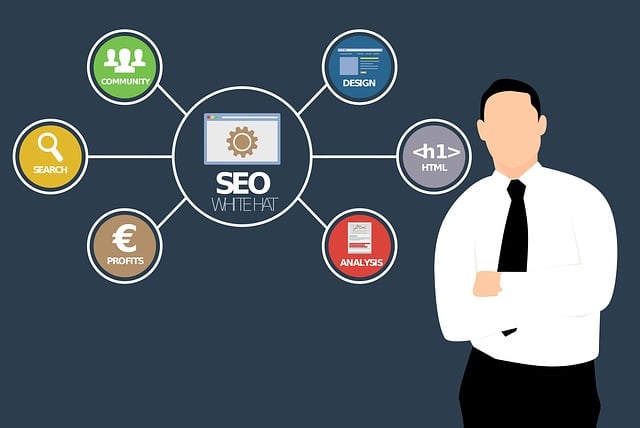AI-powered delivery route planning is transforming logistics through real-time optimization, cutting costs, boosting efficiency, and minimizing delays. Leveraging machine learning, this technology predicts ideal routes based on historical data, traffic patterns, and weather forecasts. Digital Twin technology further enhances these capabilities by creating virtual representations of assets and processes, enabling dynamic route adjustments and accurate delivery time predictions. The result is improved customer satisfaction, reduced fuel consumption, and a competitive edge for businesses across industries, with future prospects including predictive maintenance and a more connected business ecosystem.
“Unleash the potential of your logistics with AI business digital twin technology. In this article, we explore the transformative impact of artificial intelligence in revolutionizing delivery routes. From understanding AI-powered delivery route planning to leveraging digital twins for enhanced operational efficiency, you’ll discover how this tech tandem optimizes processes.
We delve into the tangible benefits—from cost reduction to improved customer satisfaction—and gaze into the future, forecasting the broader implications of AI business digital twins on global logistics.”
- Understanding AI-Powered Delivery Route Planning
- How Digital Twin Technology Enhances Logistics Operations
- Benefits and Future Implications of AI Business Digital Twins
Understanding AI-Powered Delivery Route Planning

AI-powered delivery route planning is transforming the logistics industry by optimizing routes in real-time, reducing costs, and improving efficiency. This innovative technology leverages machine learning algorithms to analyze vast datasets, including historical delivery data, traffic patterns, and even weather forecasts. By processing this information, AI models can predict optimal delivery routes, minimizing delays and maximizing productivity for delivery fleets.
With AI at the helm, route planning becomes more dynamic and adaptive. Algorithms can dynamically reroute vehicles based on sudden changes in conditions, such as road closures or surge demands, ensuring timely deliveries even in challenging circumstances. This not only enhances customer satisfaction but also contributes to a greener environment by reducing fuel consumption and carbon emissions associated with inefficient routing.
How Digital Twin Technology Enhances Logistics Operations

Digital Twin technology is transforming logistics operations by offering a comprehensive, virtual representation of physical assets and processes. By creating digital replicas of real-world supply chain networks, AI-powered delivery route planning becomes more precise and efficient. These twins can simulate various scenarios, allowing logisticians to optimize routes in real-time based on dynamic factors like traffic conditions, weather, and package priorities.
This technology enhances logistics by providing an early warning system for potential bottlenecks, enabling proactive decision-making. With AI analyzing vast amounts of data from sensors and historical trends, Digital Twins can predict delivery times with greater accuracy. This improves customer satisfaction through faster and more reliable deliveries, ultimately giving businesses a competitive edge in the market.
Benefits and Future Implications of AI Business Digital Twins

AI business digital twins offer a game-changing approach to optimization and innovation in various industries. By creating a virtual representation of physical assets, processes, and systems, companies can unlock numerous advantages. One of the key benefits is enhanced efficiency; digital twins enable businesses to simulate and predict real-world scenarios, allowing for informed decision-making. For instance, in logistics and supply chain management, AI-powered delivery route planning can be revolutionized by digital twins. These virtual models can consider traffic patterns, weather conditions, and even vehicle capabilities to optimize routes, reducing costs and improving customer satisfaction.
Looking ahead, the future implications of this technology are vast. Digital twins can facilitate predictive maintenance, where AI algorithms analyze sensor data from machines or vehicles, forecasting potential issues before they occur. This proactive approach minimizes downtime and reduces the need for costly emergency repairs. Moreover, as digital twin technology matures, it will foster a more connected and integrated business ecosystem, enabling better collaboration between different departments and stakeholders.
AI-powered delivery route planning, combined with digital twin technology, represents a significant leap forward in logistics operations. By creating virtual replicas of physical assets and processes, businesses can optimize routes, reduce costs, and improve efficiency. As this technology continues to evolve, its potential to transform the way we manage supply chains is undeniable. Embracing AI business digital twins is not just a step towards the future; it’s a necessity for staying competitive in today’s dynamic market.
